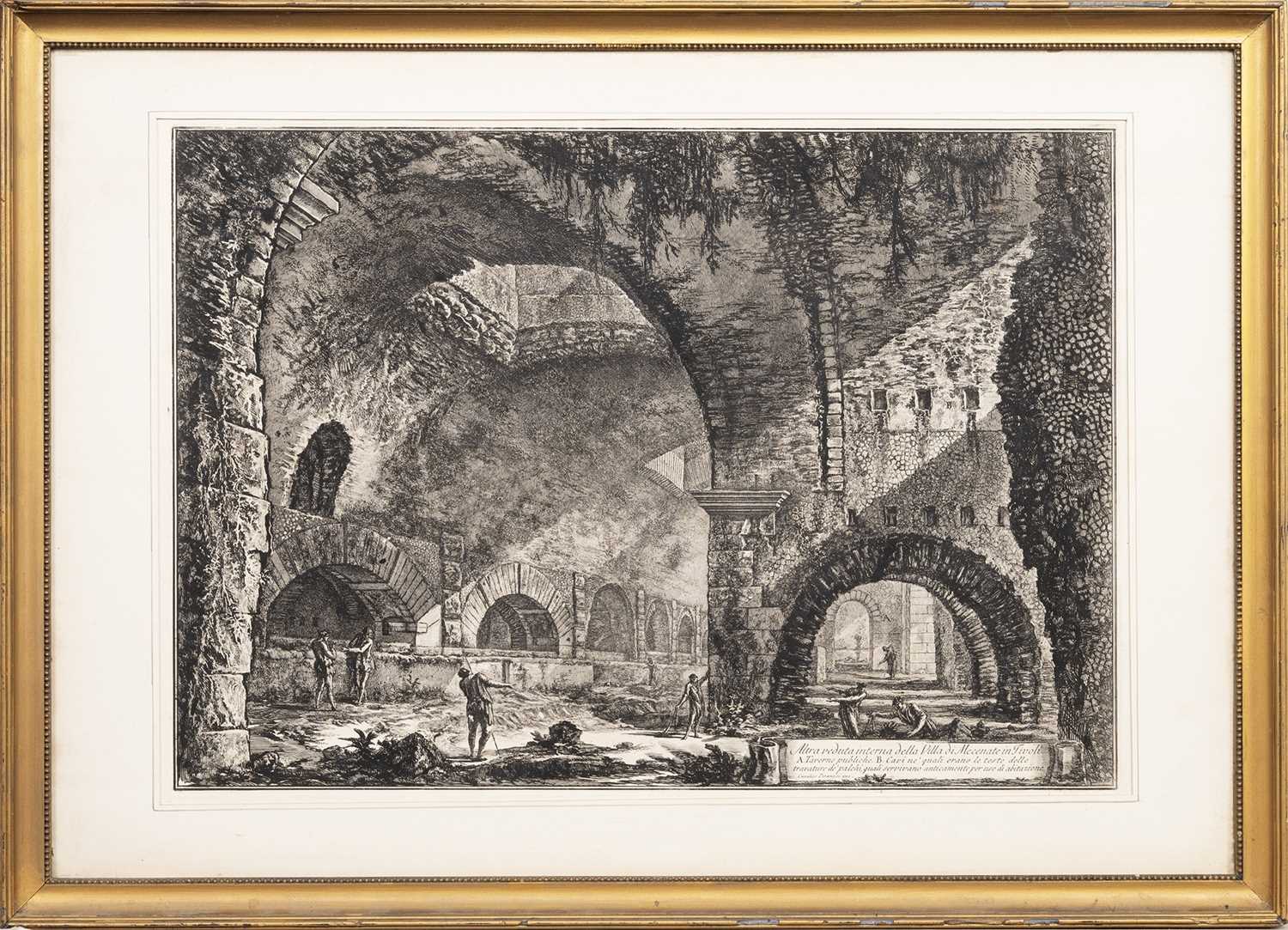751
GIOVANNI BATTISTA PIRANESI (ITALIAN 1720 - 1778), THE SO-CALLED VILLA OF MAECENAS AT TIVOLI, INTERIO
British & International Pictures
Sale Date(s)
Venue Address
General delivery information available from the auctioneer
McTear's are pleased to offer a global packing and shipping service through the experts at Auction Logistics from Mail Boxes Etc. If you are using the-saleroom.com bidding platform, the shipping prices for most lots in our Specialist Sales are on the-saleroom.com lot detail pages in advance of the sale day. the-saleroom.com buyers can purchase shipping conveniently online by following the payment link received by email after the sale.
Auction Logistics from Mail Boxes Etc. offer a complete collect, pack and ship service to most global destinations and include up to £150 Inclusive Cover protection per lot, with the option to upgrade the cover to the full amount paid for the item/s*.
Auction Logistics (Mailboxes)
E: auctionlogisticsenquiries@mbe.uk
T: 0871 221 1233
“Calls charged at £0.13 per minute from UK landlines and mobiles plus your phone company's access charge”
Buyers can instruct a packer and shipper of their choice. Other options available are:
Collin Moran & Son Ltd
collin@collinmoranandson.co.uk
0141 849 1947
Aardvark Art Services Ltd (Specialist Painting Couriers)
E: info@aardvarkartservices.com
T: 01253 794673
Important Information
McTear's require photographic ID from every client before purchased goods can be released.
Viewing times:
Tuesday 17th - 10am-4pm
Wednesday 18th - 9am-1pm
Please Note: McTear’s reserve the right to charge the card you used to register for live bidding within 24 hours of the auction finishing unless other arrangements are agreed with McTear’s prior to the sale.
Buyer`s Premium 24% + VAT
Lots purchased online with the-saleroom.com will attract an additional charge for this service in the sum of 4.95% of the hammer price plus VAT at the rate imposed
For purchases we recommend packing and shipping companies such as:
Collin Moran & Son Ltd
collin@collinmoranandson.co.uk
0141 849 1947
Mailboxes
info@mbewoodlandsroad.co.uk
0141 332 6555
admin@mbeshawlands.co.uk
0141 649 6777
Aardvark Art Services Ltd
info@aardvarkartservices.com
01253 794673
Alban Shipping
info@albanshipping.co.uk
01582 493 099





